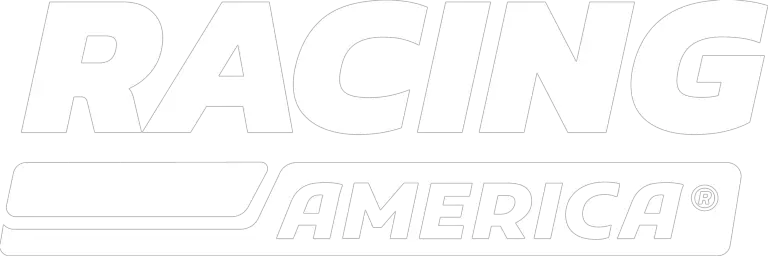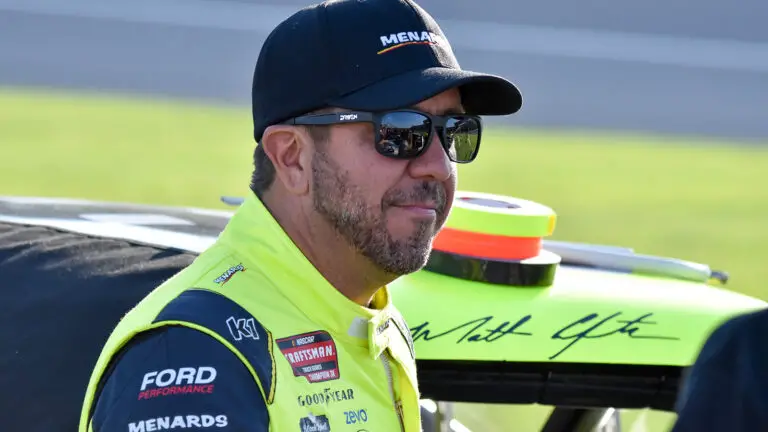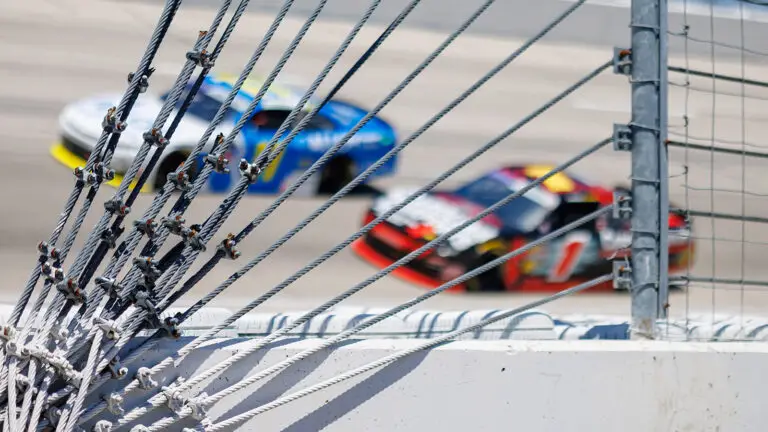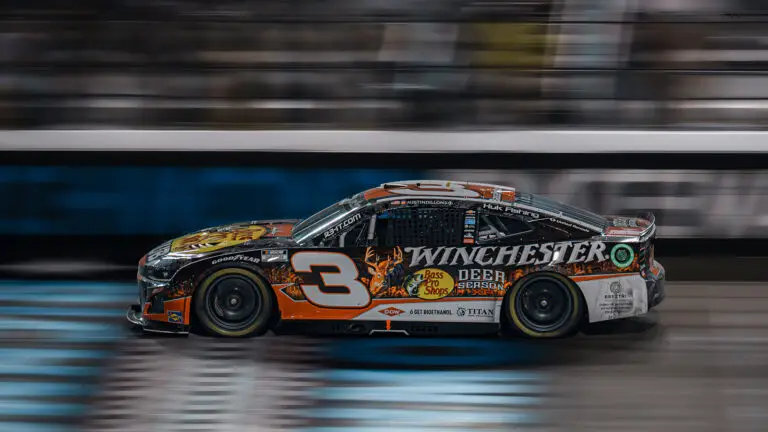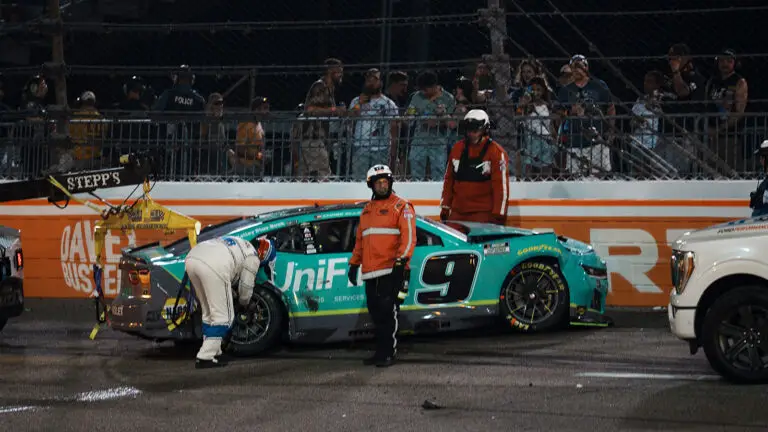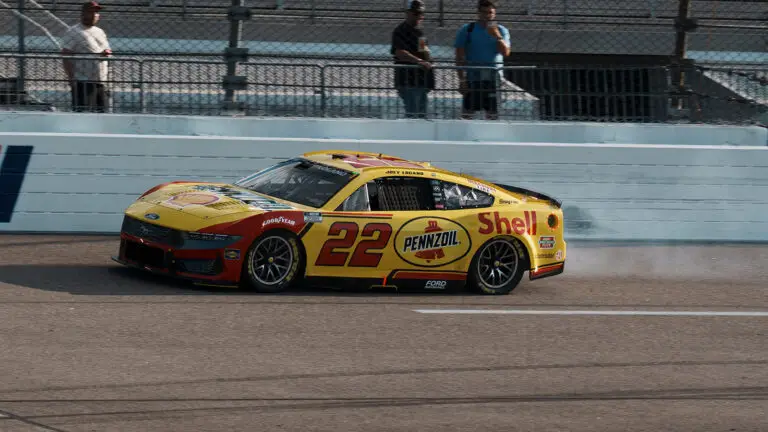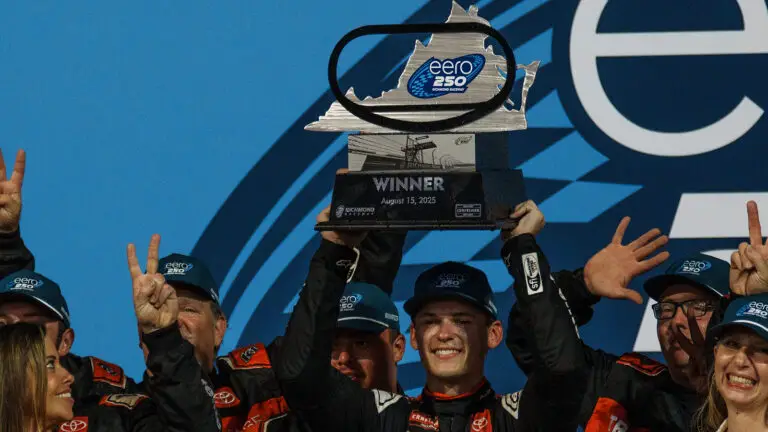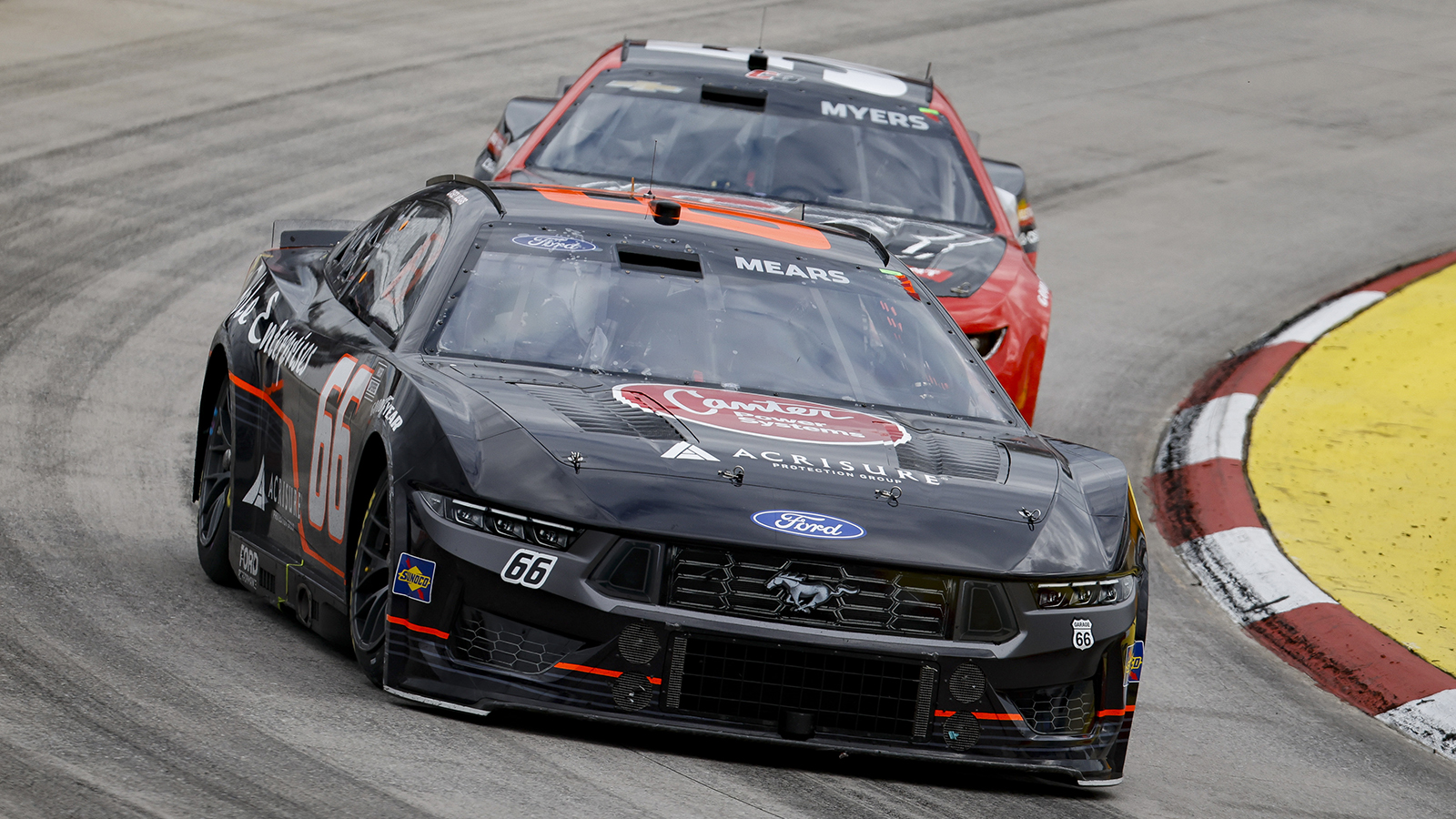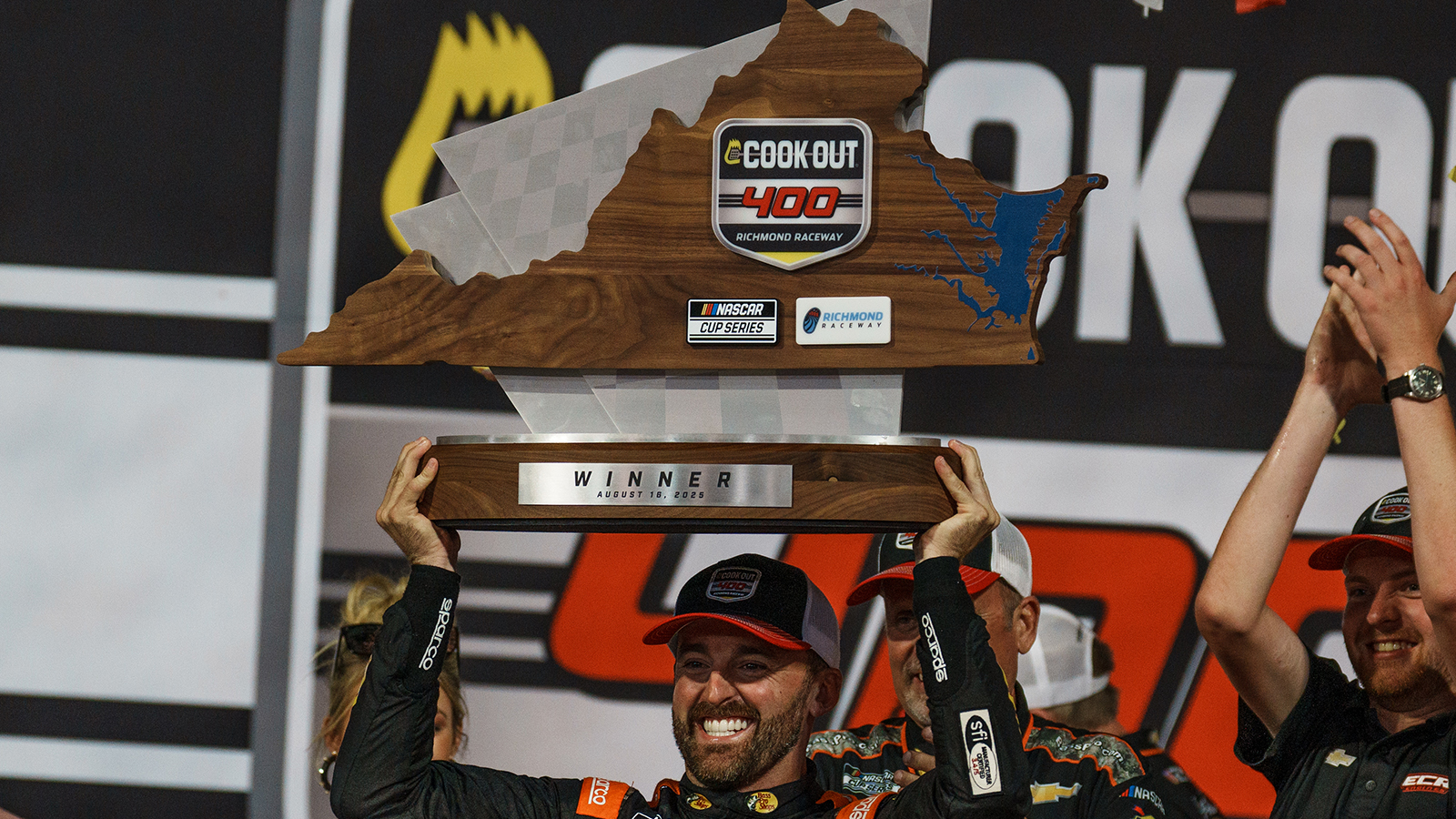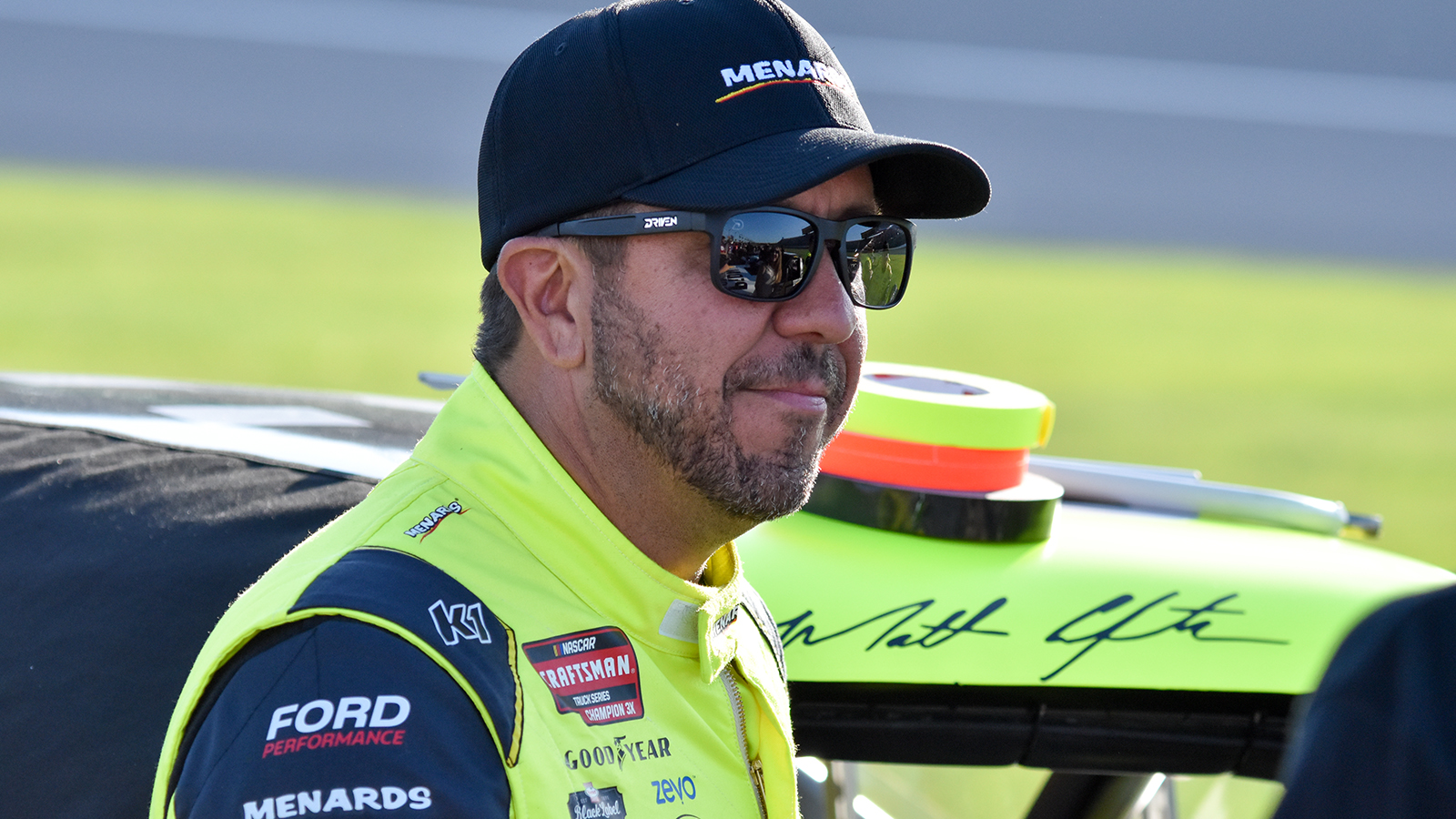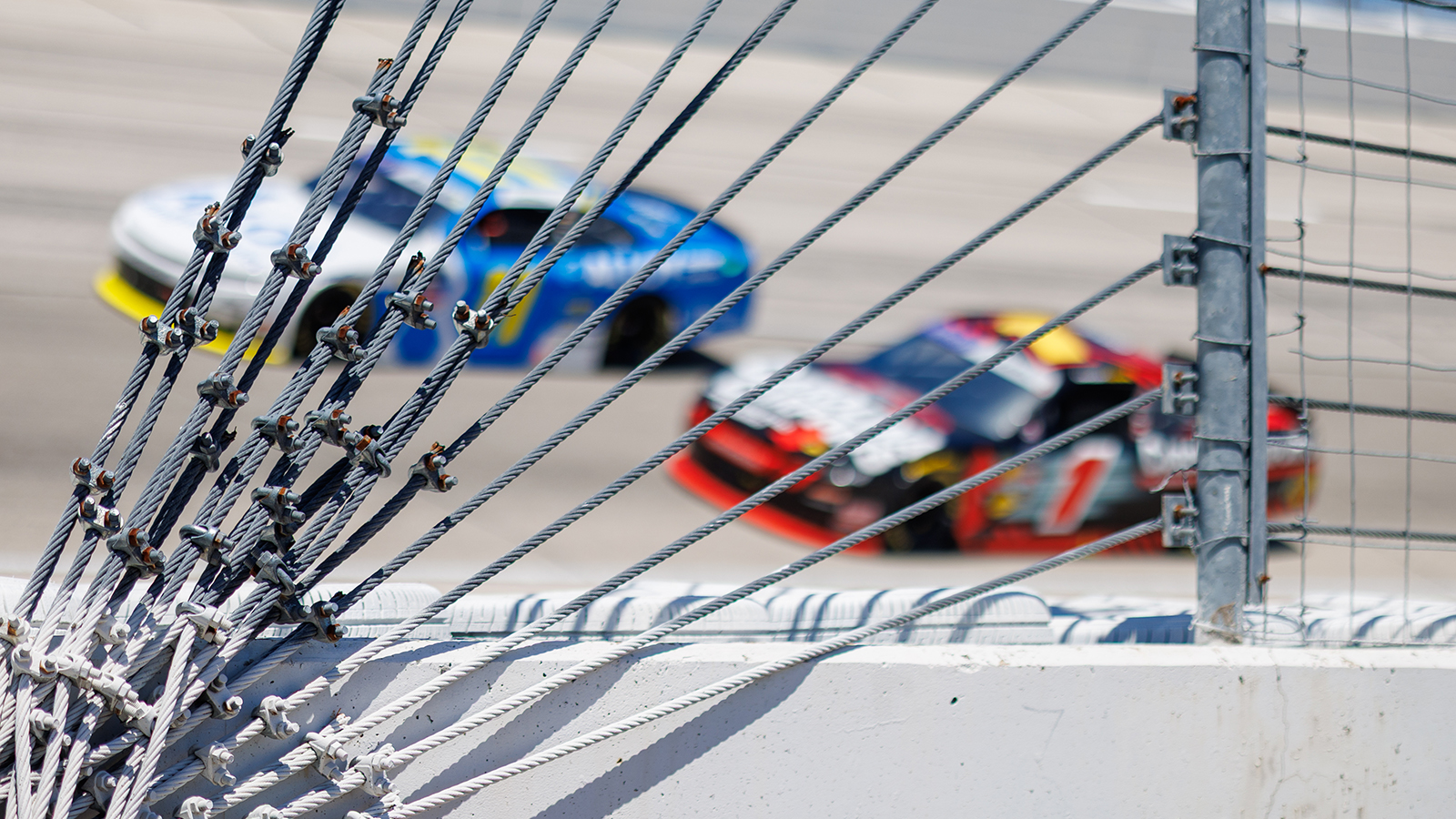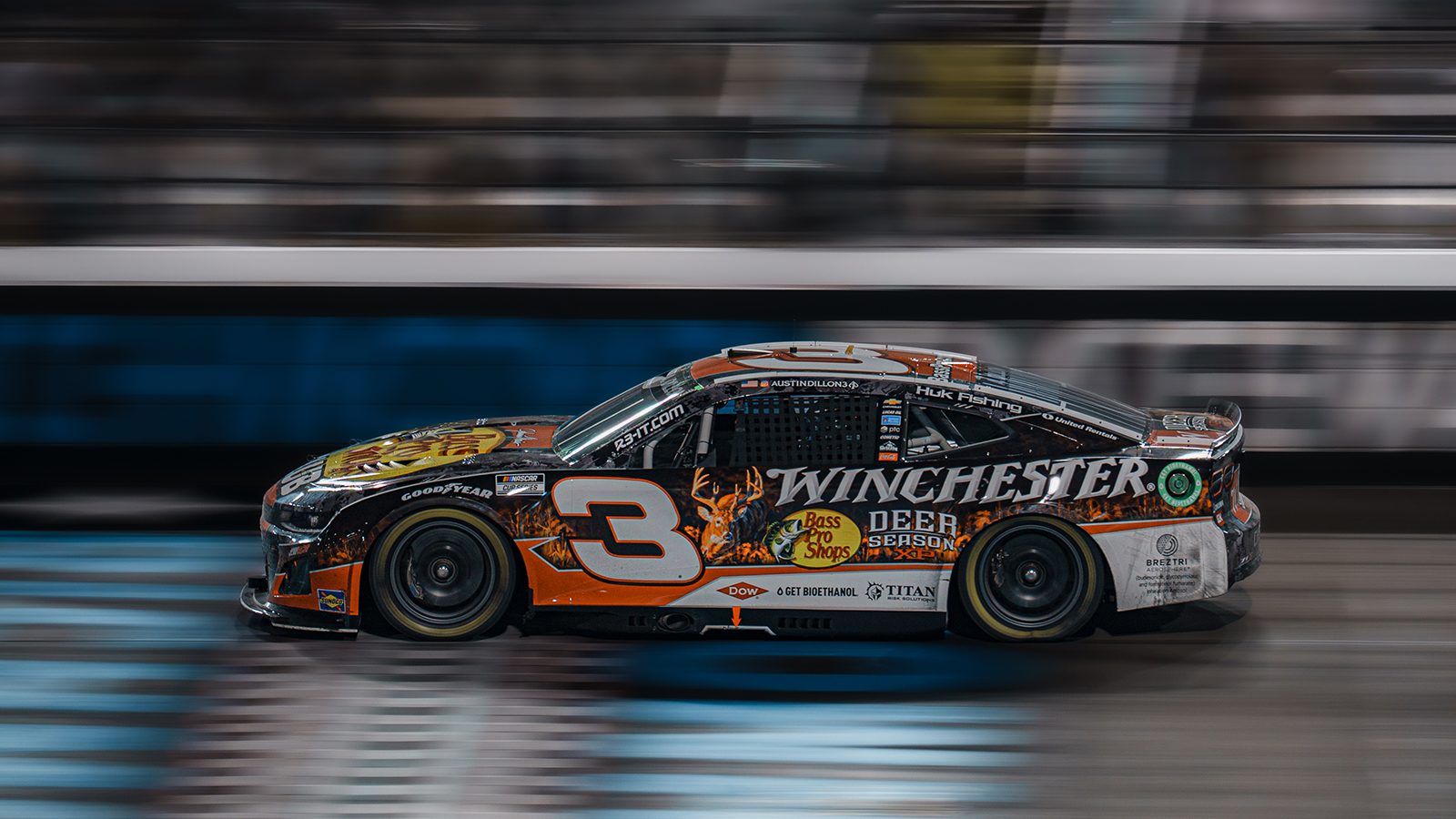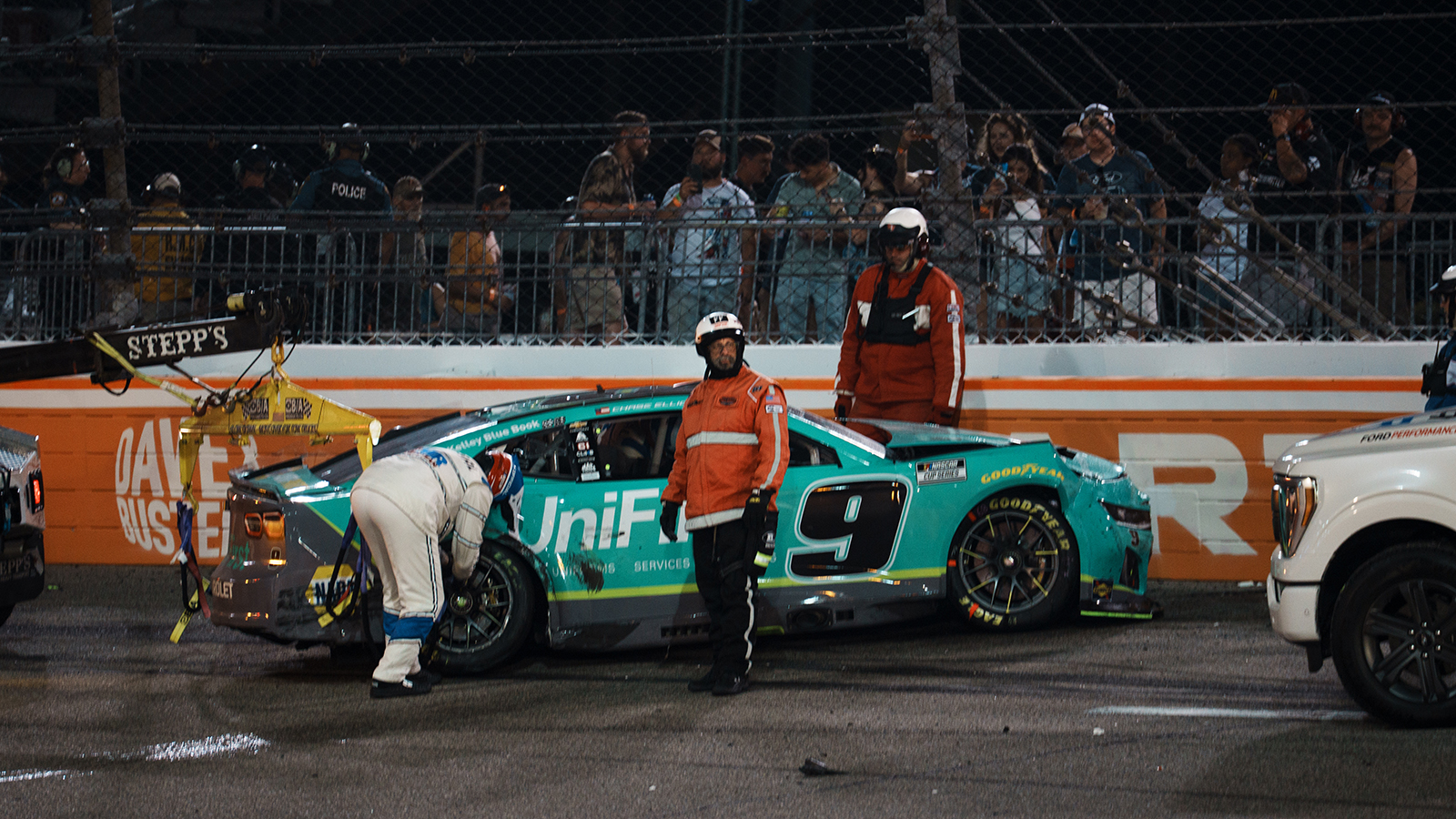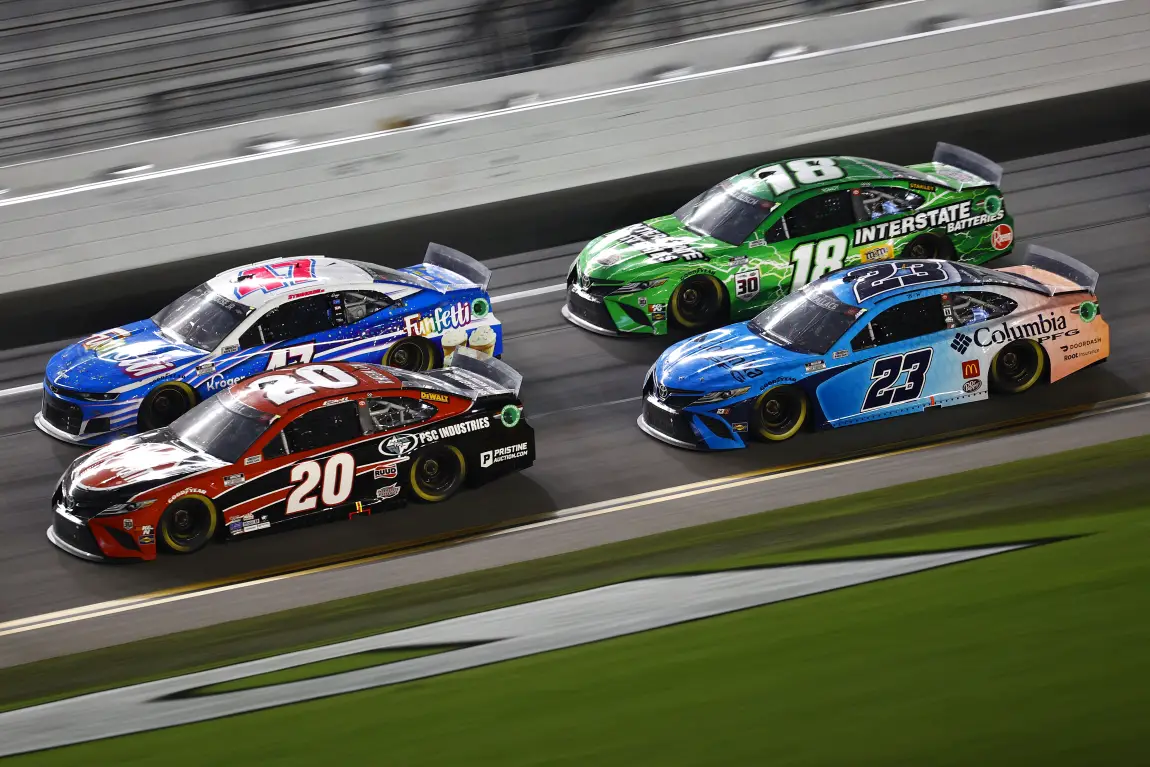
As he gets ready to embark on his first ever attempt at the NASCAR Cup Series Playoffs, second year NASCAR Cup Series driver Christopher Bell says the style of racing seen in last week’s Coke Zero Sugar 400 at Daytona International Speedway, could be coming to an intermediate track near you in the future.
During NASCAR Cup Series Playoff Media Day on Tuesday, Bell was asked about the higher downforce, lower horsepower packages that have been installed at tracks 1.5-mile and larger the past couple of seasons, and Bell let his opinions fly.
Initially, Bell came out swinging stating that the newer style package is easier to drive.
“You say it right there. It’s higher downforce,” Bell stated. “So, higher downforce is going to be easier to manage.”
Bell then continued by saying, “I think the direction we are heading is trying to get all of the bigger racetracks to race like Daytona or Talladega. So, I’ll let whoever decide if Daytona and Talladega is luck or skill, and just know that’s the direction we’re heading in.”
Bell’s comments come as the NASCAR fan base — at least on social media — have been divided all year on the intermediate racing package.
On one hand, the lower horsepower, higher downforce package does produce a product that lends itself to less strung out racing. The lead is often closer, at least on the scoring sheet, than the standard high horsepower, lower downforce package.
But the newer package has taken heat from a large chunk of the fanbase, as drivers aren’t able to pass the leader, even when their car is incredibly superior. Instead of setting up a pass, as was common place when one car was better than the other, a wall of air from the lead car seemingly stalls out the second place car every time they get a run to go for the lead.
It’s led people to question whether it really matters if a lead or battle for position is closer, if nobody can do anything once they reach the car in front of them.
Even Ryan Blaney, who won at Michigan International Speedway a couple of weeks ago with the package, stated in his victory lane interview that he didn’t like having to race for wins like the way the new package forces drivers to race.
“That is not the ideal way to race, just blocking everybody,” Blaney said after climbing from his car, “but it is what you have to do nowadays…”
Whether the drivers like it, or not, Bell believes it looks like, unless there is a dramatic switch in competition philosophy from the sanctioning body, that we will keep edging closer and closer to having all-out pack racing at intermediate tracks, until it actually comes to fruition.

